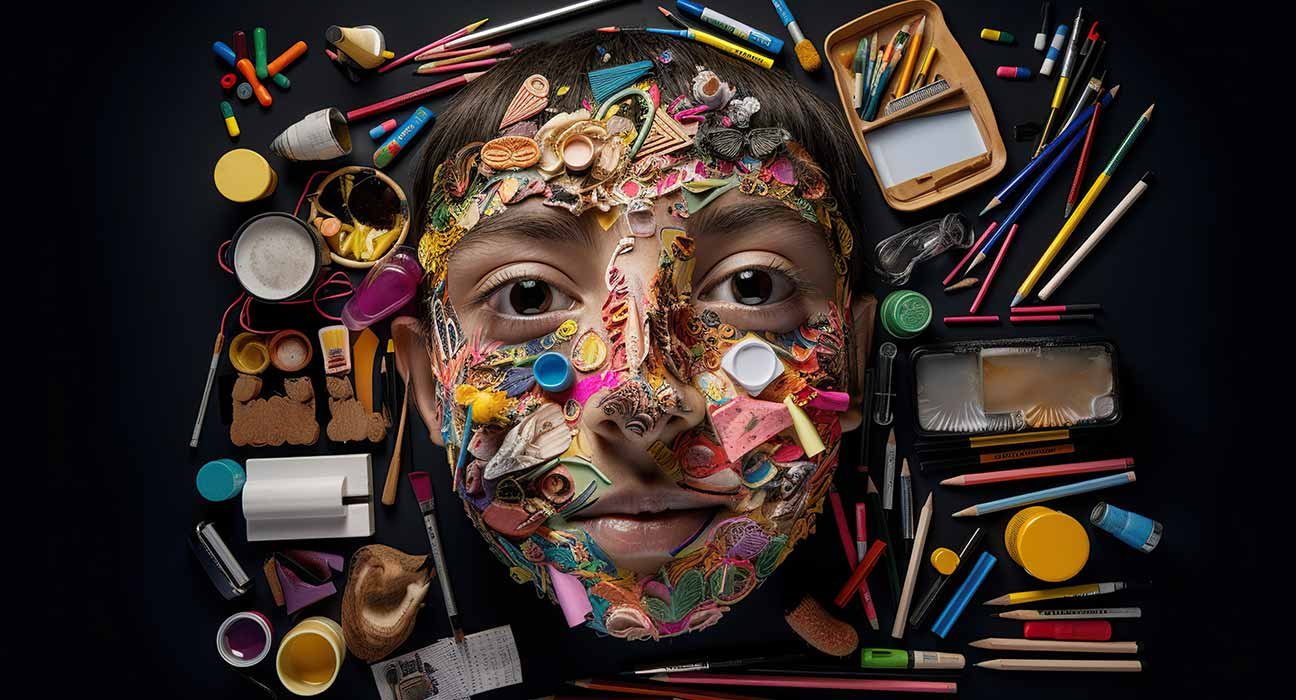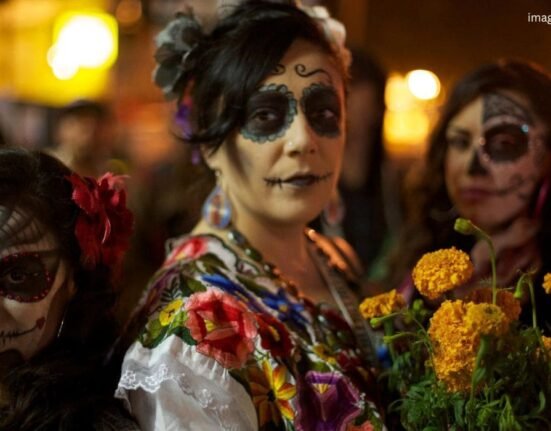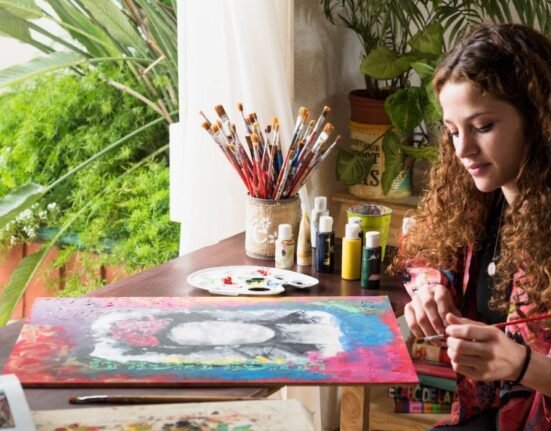We all love expressive art like sketches, paintings, abstract art, etc. People either like to paint or like to watch and appreciate it in a peaceful way. Did you realise that the arts are also linked to our mental health? It helps one to express all their emotions. Many times, in movies we have watched that after a stressful situation, the artist goes to his or her canvas and expresses all their emotions on the canvas. Many psychologists presently practise this type of relaxation. This type of therapy is called as art therapy.
Art Therapy
The British Association of Art Therapies has defined art therapy. Art therapy is a type of psychotherapy that uses arts as the primary medium of expression and communication. The clients taking art therapies need not have any skills regarding arts or any sort of experience. The goal of this therapy is to help the clients to modification and to build personal levels with the help of art materials. This therapy is provided in a very safe and comfortable environment (Hu et al., 2021).
Art therapy can be used in a variety of arts, including visual arts, paintings, sketching, singing, dance, theatre therapy, and so on. The therapy specifically focuses on understand psychodynamic processes which help determine the inner picture of an individual. These arts or pictures reflect the psychopathology of several psychiatric disorders and the therapeutic processes linked with it. These are based on specific rules and criteria (Hu et al., 2021).
Benefits of Expressive Arts Therapy
Expressive arts therapy has proven to enhance the individual’s emotional, spiritual, cognitive, and physical health and its maintenance. Five most common benefits of expressive arts therapy are as follows:
- Encourages to unfold the unconscious
- Increases direct and indirect forms of communication between the client and the therapist
- Helps in externalizing and giving form to the unfolded material
- Gives an experience of a-ha moment i.e., increases the imagination.
- It helps in enhancing the sensory experiences of an individual which helps them understand themselves better.
Expressive arts therapy creates a supportive environment with rich and vibrant therapeutic experience (Mitchell, 2019). As per different literatures, art therapy helps in treating many mental disorders like depression, dementia, schizophrenia, psychosis, etc. It is seen that art therapy overall enhances the self-esteem of the individual. The art therapy develops an inventive talent in the individual which creates awareness of work, its planning, and the execution of the work. It gives a sense of self-sufficiency, also a deep satisfaction with their own artistic abilities. We all know participating in creative activities helps in reducing stress and reduces the chances of chronic mental illnesses. Many of cultures accept art therapy as a healing process. Paintings, storytelling, dancing, yoga, and chanting have been used as a healing ritual for many decades (Shukla et al., 2022).
The Healing Power of Art Therapy
Health psychologists have examined this over the last decade how emotional traumas are healed, self-awareness is enhanced, self-reflection capacity is established, reduction in mental manifestations, and behavior transformation and modification the thinking patterns is provided by the art therapy. Patients with diseases like cancer, autism, HIV, Parkinson’s disease, Alzheimer’s disease, COVID-19, and dementia are treated with art therapy (Shukla et al., 2022).

Art therapies other than art and craft include music therapy, CBT (Cognitive Behavioral Therapy), behavioral therapy, occupational therapy, psychodynamic psychotherapy, and clay modeling. The therapies mentioned have provided evidence of their impact on mental health. Other unresearched arts might also have an evident impact on mental health. These unexplored arts are sketching, fiction writing, photography, and interpretive dancing (Shukla et al., 2022).
Role of Art Therapy in different mental disorders
Many clients with mental disorders have benefited from the use of expressive art therapy. The mental disorders in which expressive art is used are:
1. Mood disorders:
According to ICD-10, mood disorders consist of manic episodes, depressive episodes, bipolar disorder, recurrent depressive disorder, and persistent mood disorder. As per the statistics around 5% of the world’s population suffers from depression. And women are more likely to have persistent depression than men, as mentioned by WHO (World Health Organization). It is evident that art therapy is helpful in the treatment of mood disorders. According to RCT (Randomized Control Trial) conducted, showed that art therapy helped the individuals to connect to themselves more. The trial included techniques like weaving, clay modelling, painting, and drawing. This trial showed that clients with stable and pharmacologically treated major depressive disorder resulted in a reduction of depressive symptoms and anxiety symptoms (Shukla et al., 2022).
2. Schizophrenia:
It has been a major mental illness that has its adverse effects on 1 in every 300 individuals worldwide, which indicates around 24 million individuals. Trials have shown that art therapy has effective outcomes for schizophrenia. Many studies conducted related to art therapy and schizophrenia have different outcomes. In a study, group art therapy was given to schizophrenia patients, no effect was seen in the clients. A study found a reduction in both positive and negative symptoms. The patients of schizophrenia when given art therapy, an increase in emotional awareness can be noted (Shukla et al., 2022).
3. Dementia:
One’s capacity to remember, think, and perform other cognitive tasks defines dementia. Healthcare professionals diagnose it in 55 million persons worldwide. Alzheimer’s disease is the leading cause of dementia. According to studies art therapy given with memory training, physiotherapy, computer-assisted mental stimulation, and physical training resulted in improvement. Shukla et al. (2022) used sketching, vocal communication, writing, and dancing as expressive activities.













Leave feedback about this